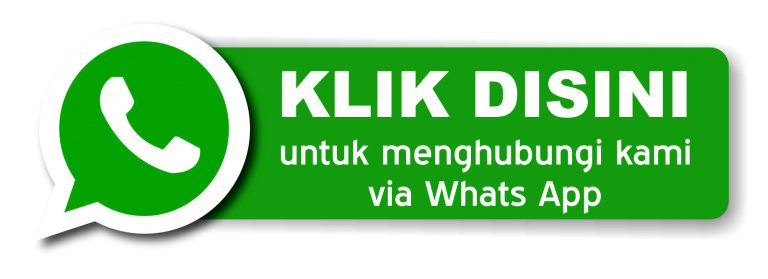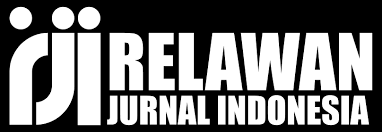ANALISIS PENGARUH PENGGUNAAN TEKNOLOGI DALAM PEMBELAJARAN PAI TERHADAP MINAT DAN PEMAHAMAN SISWA KELAS 7 DI SMPN 3 KARAWANG BARAT
DOI:
https://doi.org/10.61722/jipm.v3i3.996Keywords:
Technology, PAI Learning, Student UnderstandingAbstract
This study aims to examine the extent of the influence of technology utilization in learning Islamic Religious Education (PAI) on the interest and understanding of grade 7 students at SMPN 3 West Karawang. The background of this study departs from the importance of innovating in Islamic Education learning to make it more suitable and attractive to students who are part of the digital generation. The use of technology such as interactive media, learning videos, and digital platforms is considered to increase students' interest while making it easier for them to understand the subject matter. This study used a quantitative approach with a survey method through distributing questionnaires to students. The data collected is analyzed to measure how much technology affects students' interest in learning and level of understanding. The results showed that the utilization of technology had a significant impact in increasing students' interest and understanding. Technology proved to be able to present PAI materials in a more interesting, easy-to-understand way, and encourage students' active participation in learning activities. Therefore, the application of technology in the PAI learning process can be used as an effective strategy to improve the quality of learning and the achievement of student learning outcomes.
References
Rahman, Munandar A. S, Fitriani. A, Karlina. Y, & Yumrian. (2022). Pengertian Pendidikan, Ilmu Pendidikan Dan Unsur-Unsur Pendidikan. Al Urwatul Wutsqa: Kajian Pendidikan Islam. 2(1)
Wulandari., & Ulayya, S. (2025). Evaluasi Perbandingan Metode Pembelajaran Digital Dan Konvensional: Strategi Meningkatkan Prestasi Siswa Dalam Pendidikan Kontemporer. Proceeding International Seminar on Islamic Studies Malaysia. 6(1)
Sugiyono. (2019). Metode penelitian kuantitatif, kualitatif, dan R&D. Alfabeta.
Hasan, Dkk. (2025). Metode Penelitian Kualitatif. Yayasan Tri Edukasi Ilmiah.
Agusti Nurul Maulia, & Aslam. (2022). Efektivitas Media Pembelajaran Aplikasi Wordwall Terhadap Hasil Belajar IPA Siswa Sekolah Dasar. Jurnal Basicedu, Vol 6 No 4.
HS, D. F. H. (2022). DESAIN METODE CERAMAH DALAM PEMBELAJARAN PENDIDIKAN AGAMA ISLAM. Inovatif, Volume 8.
Nurlina Ariani Hrp, Zulaini Masruro, Siti Zahara Saragih, R. H., & Siti Suharni Simamora, T. (2022). BUKU AJAR BELAJAR DAN PEMBELAJARAN. Penerbit Widina Bhakti Persada Bandung.
Putri, I. R. (2023). Media Pembelajaran Berbasis Teknologi.
Suryadi, R. A., & Sumiyati. (2021). Pendidikan Agama Islam dan Budi Pekerti. Penerbit Pusat Kurikulum dan Perbukuan Badan Penelitian dan Pengembangan dan Perbukuan Kementerian Pendidikan, Kebudayaan, Riset, dan Teknologi.
Wulandari, E. (2022). Pemanfaatan Powerpoint Interaktif Sebagai Media Pembelajaran Dalam Hybrid Learning. JUPEIS: Jurnal Pendidikan Dan Ilmu Sosial, Vol. 1. No.
Downloads
Published
How to Cite
Issue
Section
License
Copyright (c) 2025 JURNAL ILMIAH PENELITIAN MAHASISWA

This work is licensed under a Creative Commons Attribution-ShareAlike 4.0 International License.













